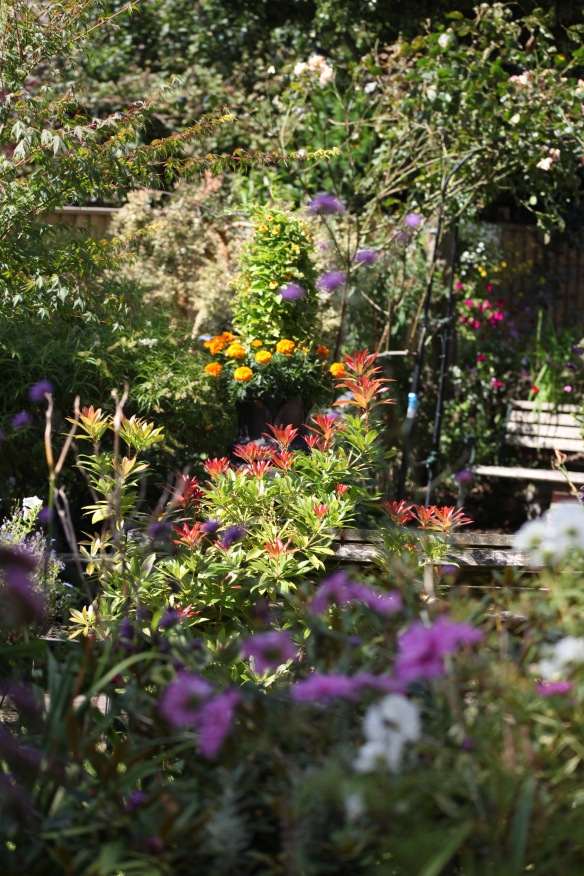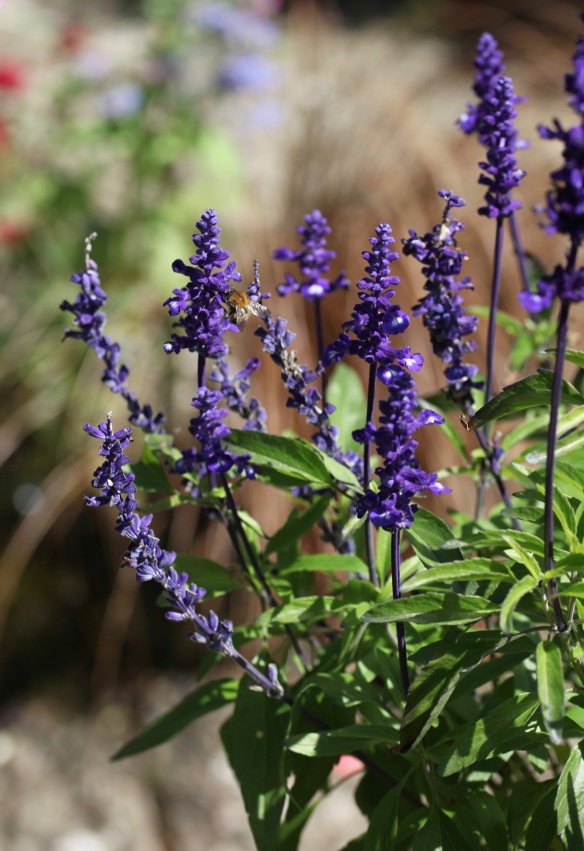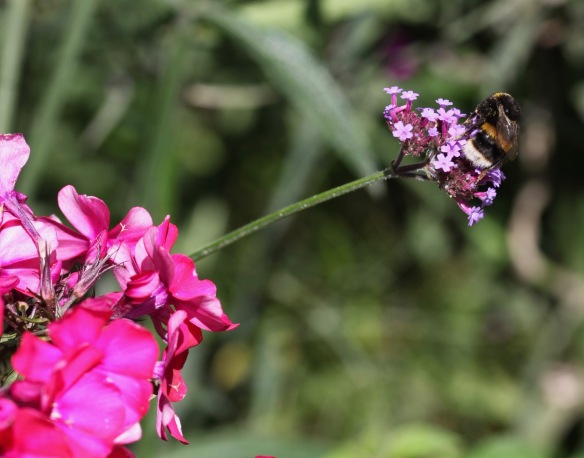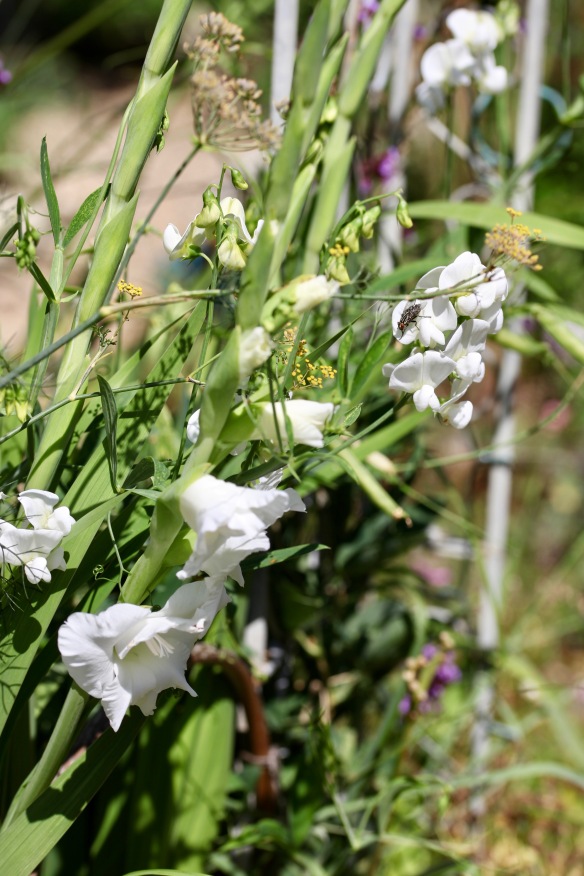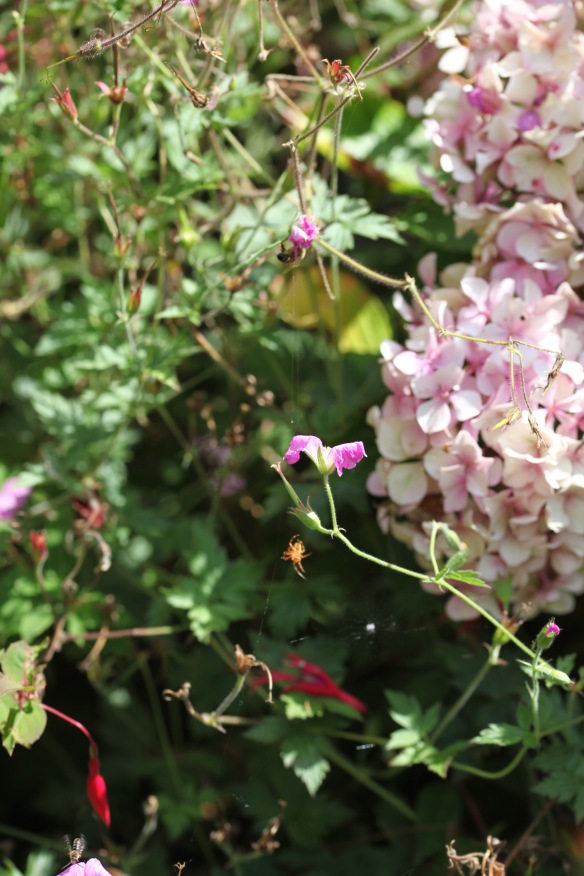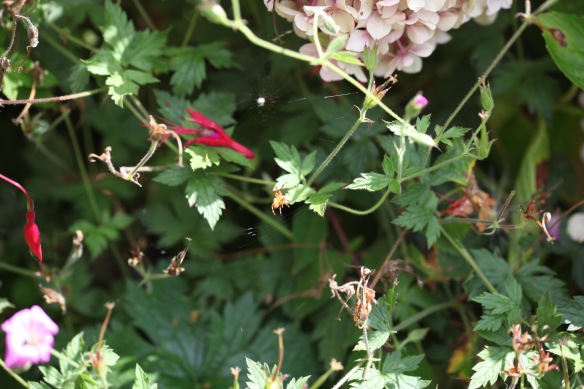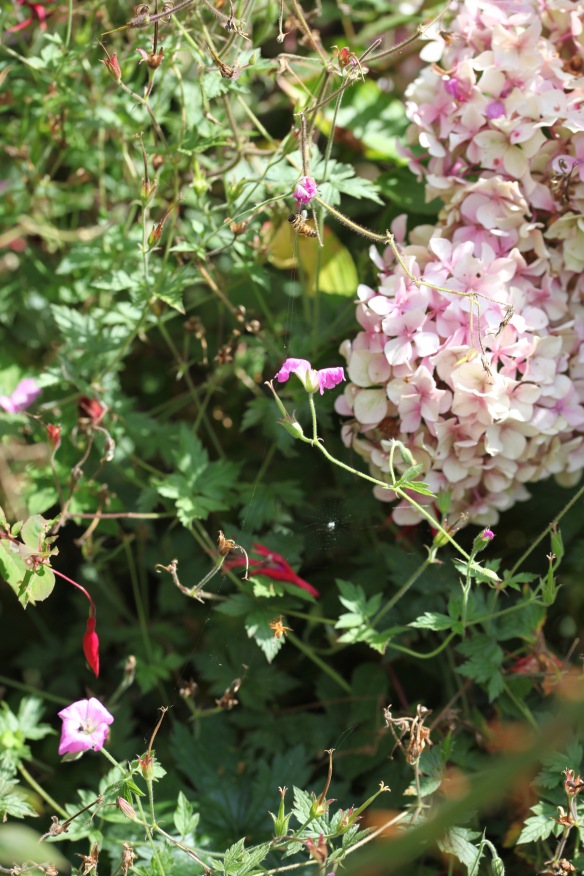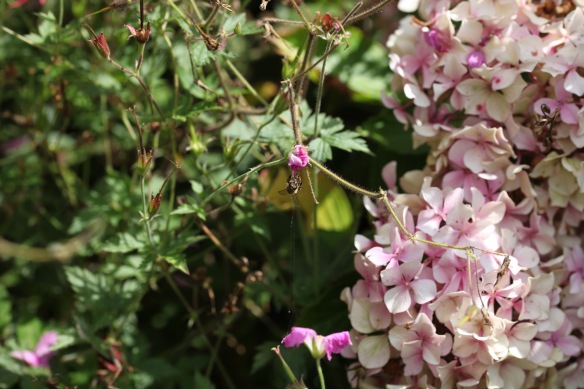On another bright, chill, morning we sought Christmas presents at Old Milton, where the pavement display outside Serendipity offered
an embarrassment of fantastic figures which we managed to resist.
Our next venue was Lymington High Street where a well stocked toyshop encouraged visitors;
and Santa displayed the skills of Friends hairdressers.
When parking at the back of this main street, Jackie always marvels at the bucolic views beyond the chimney tops,
which can, themselves be seen across the crow-lined fields from Main Road.
Commoners once enjoyed the right to gather fallen branches for fuel and to dig out lime rich clay from the marl pits. These ancient privileges are no longer granted.
Trees must lie where they fall in order to benefit the lively ecology of the forest.
The marl has been dug out for centuries, leaving the pits that we now see, and, with the growth of new trees and shrubs, cut out the light to the ancient specimens of flora and fauna, gradually changing the nature of the land and killing off previously extant plants and insects.
We were led to Crockford inclosure, where the fallen birch above was photographed, by smoke spirals curling into the air. Nearby we witnessed a group of people
working hard at the bottom of these steeply sloping sided pits in the land.
Naturally I investigated with my camera.
It was in the clearing where brushwood was burning that I met Alison who gave me my information. The workers are all volunteers working for the forestry commission on this important recovery project. In order to return the pits to their pristine condition the larger trees are felled by contractors; the unpaid enthusiasts cut and
burn the smaller boughs
and leave neat piles of sawn logs to house wildlife, gather mushrooms, and return eventually to the soil.
My informant explained that the steep sides are retained to stop ponies tearing up the terrain and tearing up and out into the road opposite.
The pit site crosses under this thoroughfare to a previously cleared area to where, according to one of the gentlemen to whom I spoke,
a rare diving water beetle has returned. My informant didn’t know exactly which one, but he said it was very rare. Given that most are apparently black and the brown one is ‘just about holding its own’ (New Forest National Park Authority) I have chosen this illustration of a brown one. https://www.newforestnpa.gov.uk/discover/wildlife/beetles/brown-diving-beetle/
As one might expect, a robin took great interest in the proceedings.
This evening we dined at The Wheel Inn. We Both chose thick, meaty, beef burgers with crisp onion rings, plentiful fresh salad, and more chinky chips than we could eat. These followed tempura prawns for Jackie and a veritable shoal of whitebait with doorsteps of brown toasted bread. Each starter was lavishly garnished with excellent salad. Jackie drank Kaltenberg lager and I drank Ringwood’s Best bitter.
